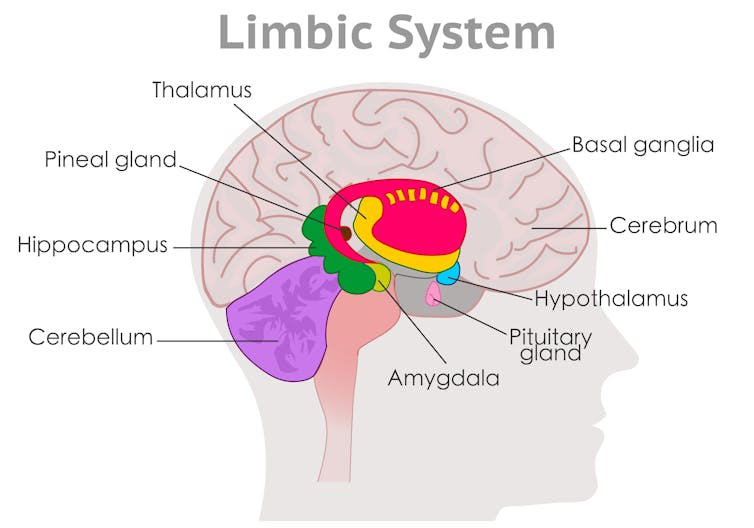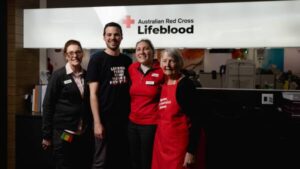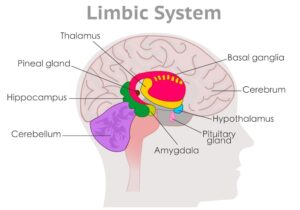
Autism Spectrum Disorder (ASD) is a neurodevelopmental condition that influences how individuals communicate, behave, and interact socially. Recent findings indicate that gait differences are a notable feature among autistic individuals. This characteristic is now recognized as a supporting diagnostic criterion in the Diagnostic and Statistical Manual of Mental Disorders.
Gait variations can manifest in various ways. Common differences observed include toe-walking, where individuals walk on the balls of their feet, in-toeing, which involves turning one or both feet inward, and out-toeing, where feet are turned outward. A comprehensive study examining three decades of research highlights additional subtle characteristics, such as a tendency to walk more slowly, take wider steps, and spend longer in the stance phase, when the foot is off the ground. Autistic individuals may also exhibit significant variability in stride length and walking speed.
These gait differences are often linked to broader motor skill challenges, including balance and coordination issues, as well as difficulties in postural stability and handwriting. Many autistic individuals may require additional support for these motor skills to improve their functional mobility.
Causes of Gait Differences
The underlying causes of these gait differences are primarily related to variations in brain development, particularly in the basal ganglia and cerebellum. The basal ganglia play a crucial role in the sequencing of movements, which helps ensure a smooth and automatic gait. The cerebellum processes sensory information to coordinate movements and maintain postural stability.
Research indicates that developmental differences in these brain regions affect their structure, function, and connectivity with other brain areas. While some researchers previously suggested that gait differences in autistic individuals stem from delayed development, evidence now shows that these variations persist throughout life, often becoming more pronounced with age.
In addition to neurological factors, gait differences are also associated with an individual’s overall motor, language, and cognitive abilities. Those with more complex support needs may experience more significant gait and motor disparities, alongside challenges in communication and cognitive processes. It is noteworthy that motor dysregulation can signal sensory or cognitive overload, which may indicate a need for additional support.
Management Strategies
Not all gait variations necessitate treatment. Clinicians typically adopt an individualized, goals-based approach when addressing these differences. If subtle gait variations do not hinder an individual’s daily life, they may not require intervention. Autistic individuals are more likely to benefit from support if their gait impacts their ability to engage in activities, such as increased risk of falls, difficulties in participating in physical pursuits, or pain resulting from muscle tightness.
For children, support aimed at developing motor skills can be beneficial, but it does not have to take place in a clinical setting. Schools can offer opportunities for movement throughout the day, enabling autistic children to enhance their motor skills in a social environment. An example of this is the Joy of Moving Program in Australia, which encourages physical activity within the classroom setting. Research indicates that community-based interventions, such as sports and dance, can lead to improvements in movement abilities for autistic children.
There is a growing recognition of the importance of physical activity in enhancing social skills and behavioral regulation among preschool children with autism. As a result, various states and territories are advancing towards more community-based support systems for autistic children, expanding resources beyond the National Disability Insurance Scheme (NDIS).
In conclusion, while significant strides have been made in understanding gait differences in autistic individuals, ongoing research is essential to grasp the individual variability and to develop effective support strategies. The recognition of physical activity’s benefits for social interaction and behavior regulation offers hope for enhanced community engagement and support for autistic individuals as they navigate their unique movement styles.






